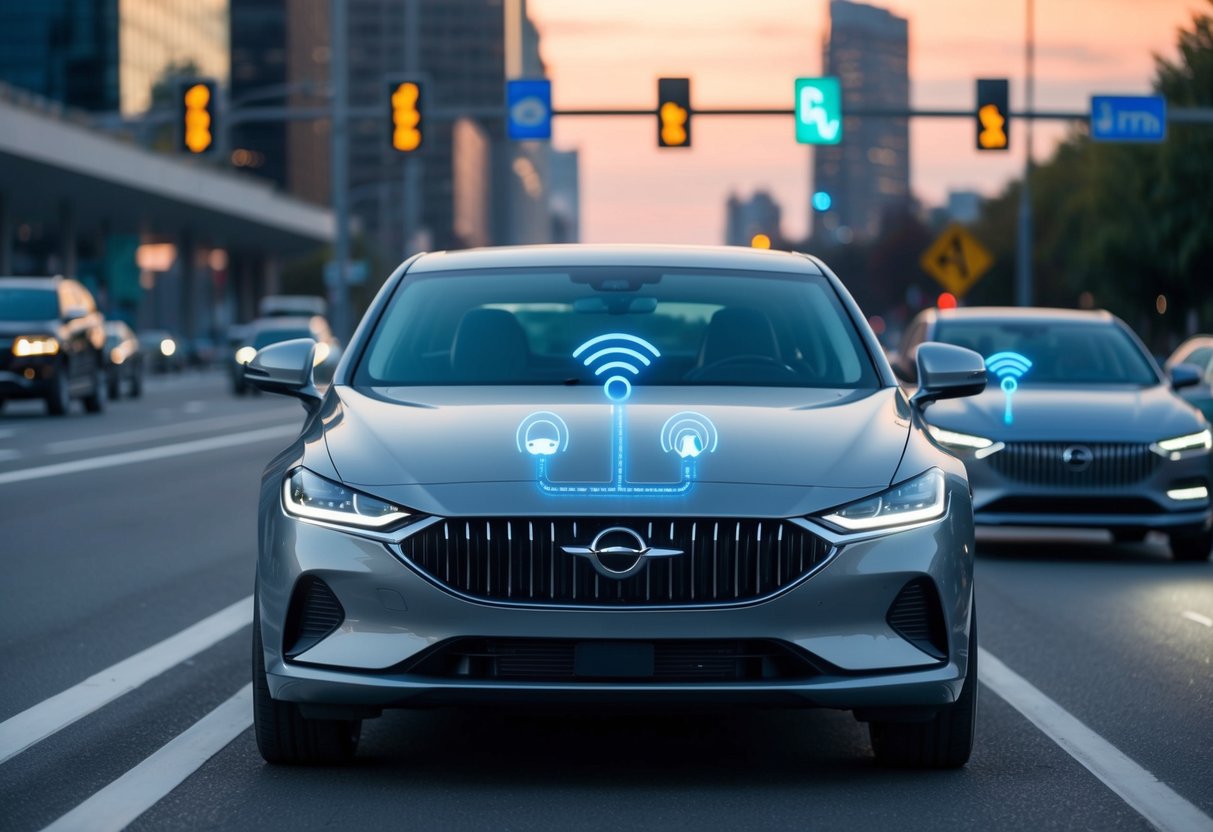
In recent years, the field of Vehicle-to-Everything (V2X) technology has made significant strides, bringing exciting possibilities for the future of smart driving. With advancements in communication systems and infrastructure, V2X enables vehicles to interact with each other and their surroundings, enhancing safety and efficiency on the roads. These developments are paving the way for a more interconnected and intelligent transportation system.
V2X technology offers the potential to transform how vehicles operate within urban environments. By facilitating communication between vehicles, infrastructure, and pedestrians, V2X can reduce accidents, improve traffic flow, and support the deployment of autonomous vehicles. Industries and governments are collaborating to integrate this technology into existing transportation frameworks, aiming to create safer and more responsive road networks.
The latest breakthroughs focus on improving communication speed and reliability, essential components for effective V2X systems. Enhanced data transmission allows for real-time decision-making, crucial for navigating complex driving scenarios. With continuous innovation and investment, V2X technology promises to reshape the driving experience, making it smarter and more secure for everyone involved.
Evolution of V2X Technology
The progression of V2X technology has been marked by significant shifts in communication methods and the development of standards. These changes have been driven by the need for more reliable and efficient vehicular communication.
From DSRC to C-V2X
V2X technology initially relied on Dedicated Short-Range Communication (DSRC), a Wi-Fi-based solution designed to enable direct communication between vehicles and infrastructure. DSRC offered low-latency connections, which was important for time-sensitive applications such as collision avoidance. Despite its potential, DSRC faced challenges in market adoption, partly due to the need for widespread infrastructure development.
The emergence of Cellular Vehicle-to-Everything (C-V2X) marked a major milestone in V2X evolution. C-V2X is seen as a more versatile solution, leveraging cellular networks to facilitate communication. This enables vehicles to connect not only with infrastructure but also with networks and pedestrians. C-V2X offers greater range and scalability, which is crucial for its deployment in diverse environments. Its ability to operate in both direct communication and network-based modes has made it a preferred choice for modern smart driving applications.
SAE and Standardization Efforts
Standardization efforts by organizations like the Society of Automotive Engineers (SAE) have played a critical role in V2X development. The SAE has been instrumental in establishing guidelines and standards that ensure interoperability between different systems and manufacturers. By defining common protocols, SAE helps facilitate widespread adoption and implementation of V2X technologies.
Standardization also addresses security concerns, enabling safer data exchange between vehicles and infrastructure. Ensuring compatibility and consistency across different technology platforms reduces fragmentation, making it easier for the automotive industry to implement V2X. These efforts provide a framework that supports the long-term growth and functionality of smart driving technologies.
The Role of 5G in V2X
5G technology is transforming Vehicle-to-Everything (V2X) communications, offering faster data transmission and improved real-time interactions. This advancement is crucial for smart driving technologies, allowing vehicles to communicate effectively with infrastructure, other vehicles, and pedestrians.



